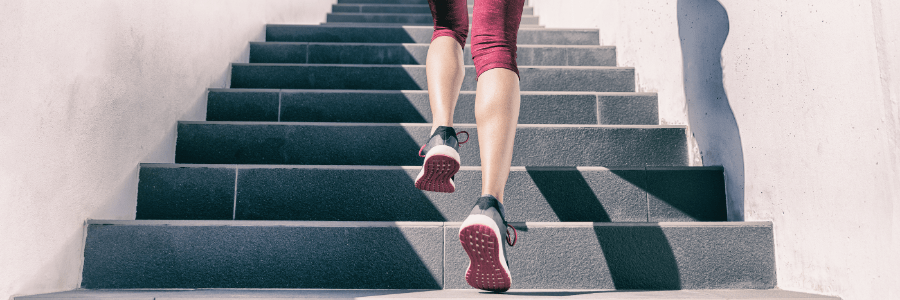While there are many methods of exercising, running is by far the most popular. Think about it: you’re outdoors, you can perform the activity with a friend and it allows you get some vitamin D. However, many people begin to notice that their back, can’t seem to hold up against the demands. In fact, lower back pain after running is one of the most common side effects that practitioners experience. If you’re ready to learn how to run properly, and how to address back pain with a professional, you’ll want to explore the techniques below.
How to Prevent Lower Back Pain When Running
Regardless if you’re new to running or you’ve been at it for years, your form is one of the first things to breakdown during a session. Many runners find that the first few miles of their activity follows textbook form, while the last few miles begin to stagger. As we become fatigued and lactic acid builds up in our muscles, our form breaks down and our stride becomes sloppy. This can lead to back pain, fatigue, muscle strain, and a general sense of discomfort throughout the entire system.
Another thing to note if your back hurts after running is the pelvic drop that occurs in runners. This happens when our hips and upper body begin to sway left and right during our session. This creates an unnatural motion for our back and equates to lower back pain after running. To eliminate this, make mental note of your posture and ensure that your torso and legs are in an upright position at all times.
Start with Your Posture and Improve it with Practice
To break this behavior, we need to keep form at the forefront of our though throughout the entire session. The first step in accomplishing this is placing emphasis on our foot strike during each stride. Ask yourself this question: where does my foot hit the ground when I make a movement forward? For most of us, we notice that our heel hits the surface before our toes. This creates an unnatural push motion through the foot and lower shin which can lead to shin splints and pain in the calves. The sensation will inevitably extend into the hips and lower back creating that uncomfortable feeling. Instead, make sure that your upper foot hits the pavement first.
Medical Expertise
If your back hurts after running and it shows no signs of letting up, it’s time to consult with a professional. The reality is that back pain is one of the most common problems that people face on a worldwide scale with over 80% of the global population suffering. Working with physical therapists will not only give you peace of mind, they will illustrate techniques and exercises that you can perform on your own to ensure that back pain no longer controls your life. If you’ve tried to learn how to prevent lower back pain when running to no avail, it’s time to seek the professionals.
Contact the Experts at Biomotion Physical Therapy
Our staff has the experience and compassion to help you make the step towards your recovery from back pain. From chiropractic services, preventive medicine, and personalized treatment plans, our therapists have the solutions to your issues. Contact us online or call us at 210-659-4333 to schedule your appointment with no referral required!







